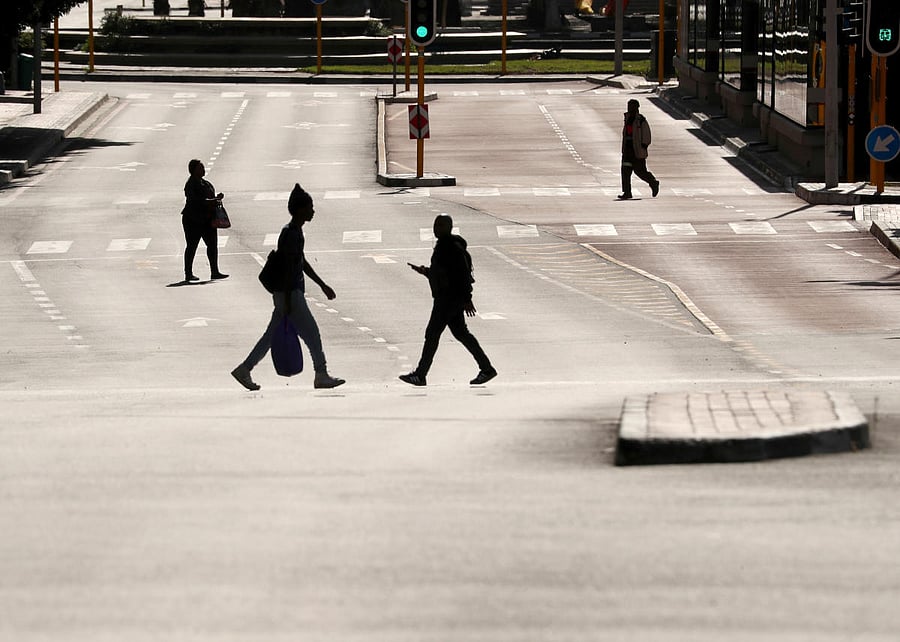Reaching herd immunity in the coronavirus pandemicThe novel coronavirus pandemic has brought "herd immunity" to the public consciousness, kindling hope the phenomenon can help slow or even end the outbreak. As the global community awaits Covid-19 vaccine, Reuters explains the two pathways one can attain herd immunity: natural infection or vaccination and more. 
Last Updated IST

NATURAL INFECTION VS VACCINATION | Herd immunity refers to a large portion of a community developing a degree of immunity to a virus, thereby reducing person-to-person spread. As a result, the whole community gains protection, not just those who are immune. Credit: Reuters Photo

Reaching herd immunity in the coronavirus pandemic | Natural infection refers to when a large number of people have had a disease and recovered. However, the extent of protection via natural infection is unknown with the new coronavirus. Moreover, more people would die while waiting for herd immunity than if a vaccine was produced. Credit: AFP Photo
VACCINE'S EFFICACY | Experts believe if no other measures are taken, herd immunity could kick in when 50 per cent to 70 per cent of a population gains immunity through vaccination. The precise level depends on the vaccine's efficacy rate, which experts say will be 70 per cent at best. Credit: AFP Photo
PRIORITISNG FRONTLINE WORKERS | In the early stages of distribution, higher priority may be given to healthcare workers and others on front lines, or those considered most vulnerable - a process known as targeted vaccination. Credit: Reuters Photo
FOR PEOPLE WHO TRAVEL | At lower vaccination levels, the number of people who eventually become infected is similar in a group of people who mix and travel widely, and a group of people who are relatively static. Credit: AFP Photo
UNTIL THEN, WEAR MASKS | Until a vaccine is developed, wearing masks, physical distancing and hand hygiene can help reduce transmission and contribute to creating herd immunity. Credit: Reuters Photo
